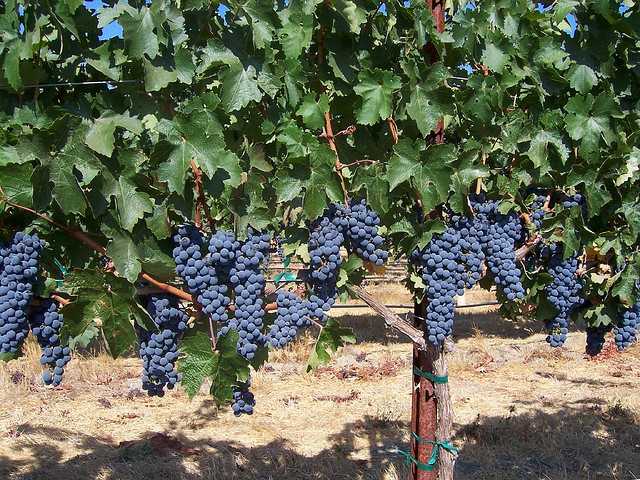
Photo by Neeta Lind
Grapes are often ignored in gardens, and still are one of the most widely produced fruits on the planet. They not only produce versatile and sweet fruits, but they also add an element of drama to a landscape or garden. Grapevines are vigorous growers, and with the proper pruning, they can last longer than 30 years and produce fruit with ease.
Before planting or placing plants grown in a greenhouse outdoors, they must be acclimated carefully. This is especially important if you live in a hot or sunny location. Before you buy a plant, learn all about its sun requirements, since many species should never be grown in full sun. If you know the requirements of the plants, you can avoid any damage to the plant by exposing it to the wrong conditions.
1. Choosing a location
Plan before you plant and you won’t make mistakes. Avoid any problems by considering all aspects of the planting spot, like the sun and good soil, space for future planting, and cross-pollination. The key to the success of many plants is cross-pollination by a different variety of the same type of plant. Its absence is often the reason why the plant doesn’t bear fruit. Your plant wants a well-drained, fertile soil and it will be quite satisfied with 6 to 8 hours of sunlight. Good drainage is another thing that is required by your plant.
2. Planting
Once you have found the right planting site it’s time for planting itself. First, dig a hole which is big enough to give roots plenty of room. Plant a bit deeper than the soil line and then fill the hole. Prune your new vine heavily and leave just 2 to 3 buds on its strongest stem, because you will keep only the most vigorous sprout to form the main stem. During the first summer, train to the stake, pinching back all side shoots to 2 leaves each.
3. Pruning
Pruning is important for your plants’ good health. Overall fruit quality, stimulation for strong growth, and maintaining the size and shape of the plant are a few good reasons to prune. Each winter when the plants are dormant between January and February and the leaves have dried and fallen off the vines, prune the past season’s growth to ensure good fruit production. Once the lateral shoots establish themselves as cordons, canes extending from them should be pruned back to spurs.
Canes grown from the previous years’ buds should be pruned back to 3 buds per spur in the winter, after the 2nd growing season. From the 3rd year on, your grapevine should be pruned severely in late winter. Select a good pencil-size stem as the fruiting cane on each of the four “arms,” and trim it back to keep about eight to ten buds. Leave a stubby stem with two buds near the base of each of these fruiting canes to form next year’s fruiting canes. Prune away all other canes. Do this each year to provide the best conditions for your vine. This system sounds drastic, but it works.
4. Harvest and storage
Before you harvest you should keep a few things into consideration as you reap the fruits of your labor and enjoy the results of your hard work – the best time to pick the fruit and how to store.
The third season is the best time to start harvesting your grapes. You should harvest when weather conditions are dry because wet fruits don’t keep well.
In order to determine if it is time to harvest your grapes, you should pay attention to these several factors: birds on the vines, color change (seed changes from green to brown), slightly less firm to the touch, and sweet taste. If the grapes are in good condition, they will keep longer. Don’t wash grapes before you store them. Remove any soft, moldy, damaged, or bruised grapes before putting in a plastic bag/container and storing it in the fridge.



